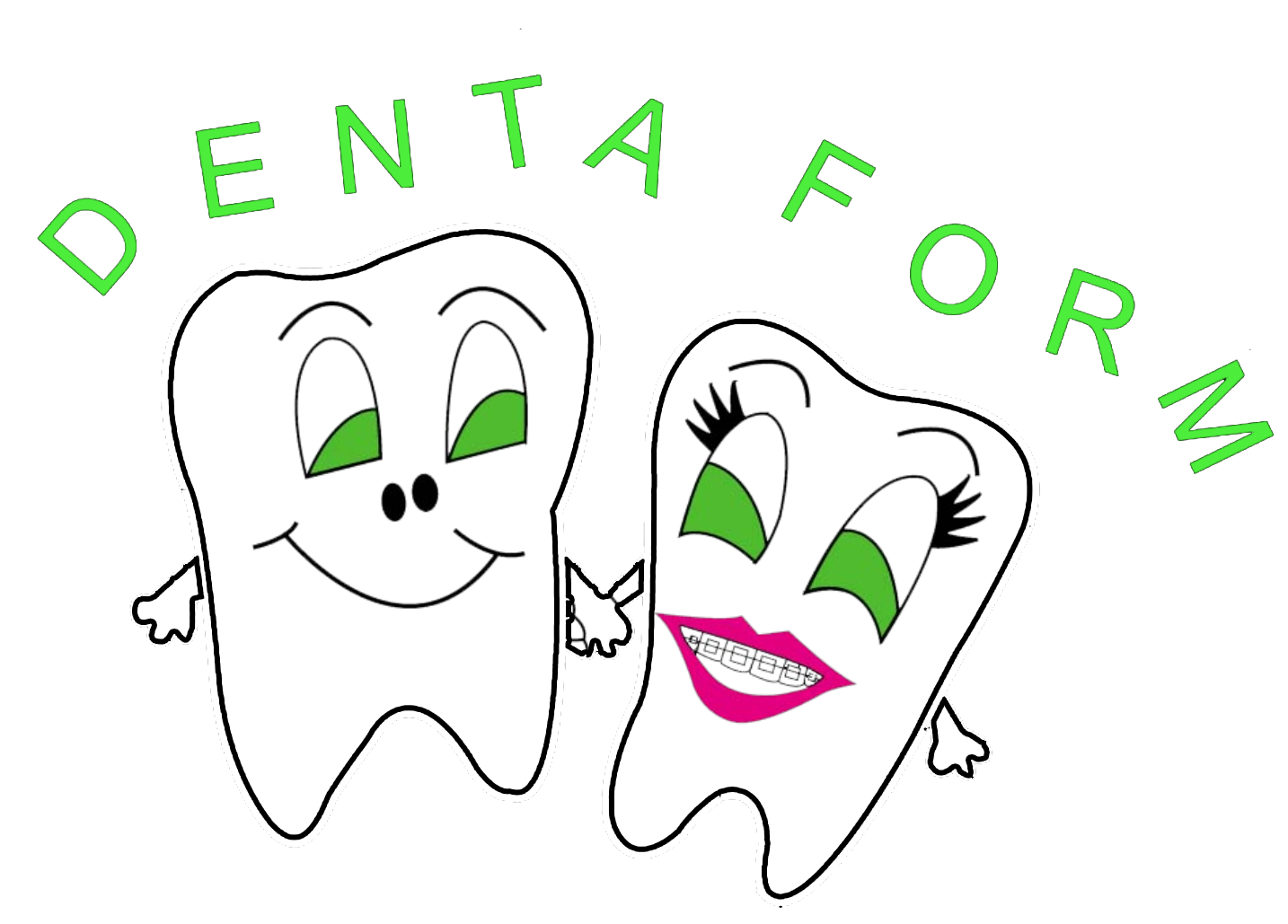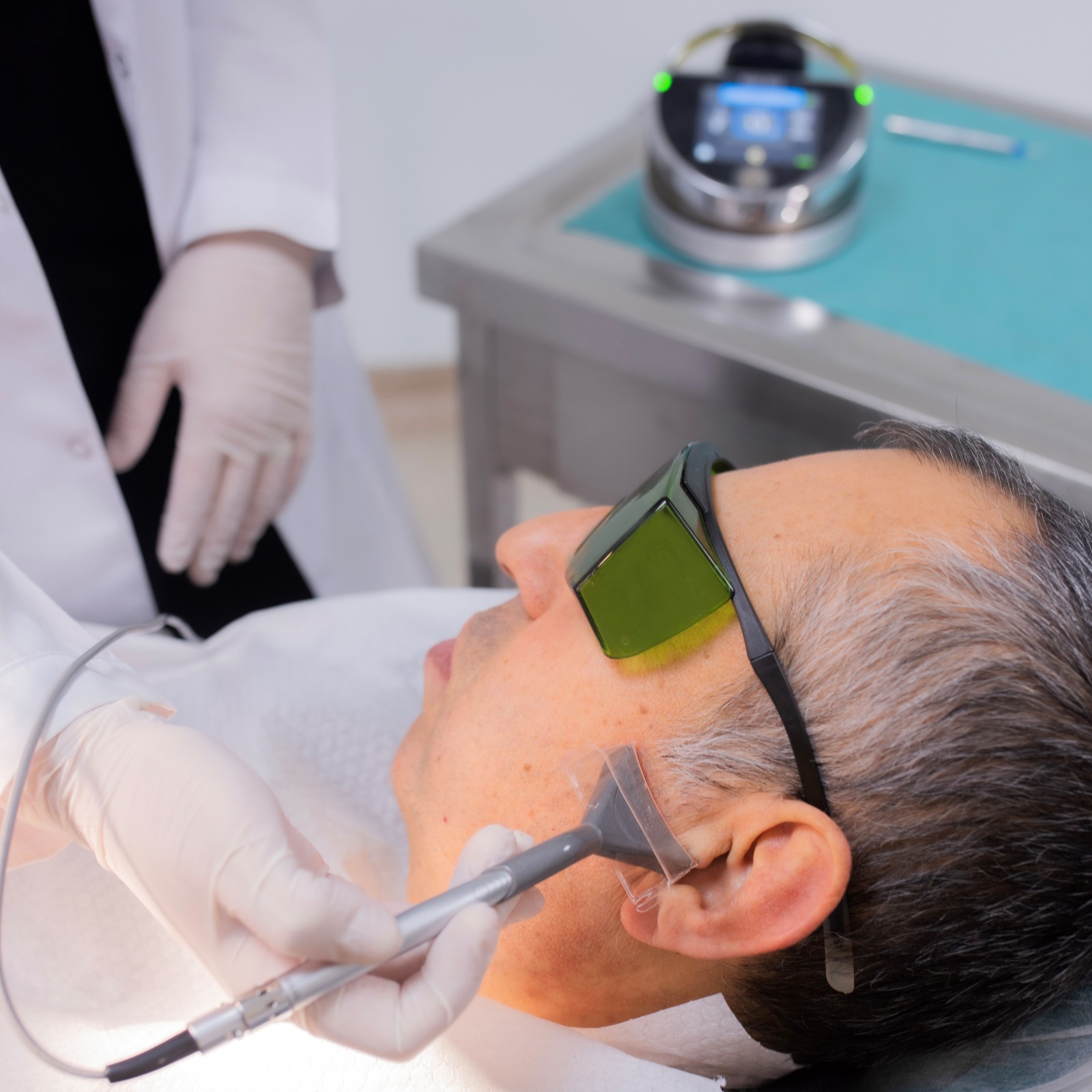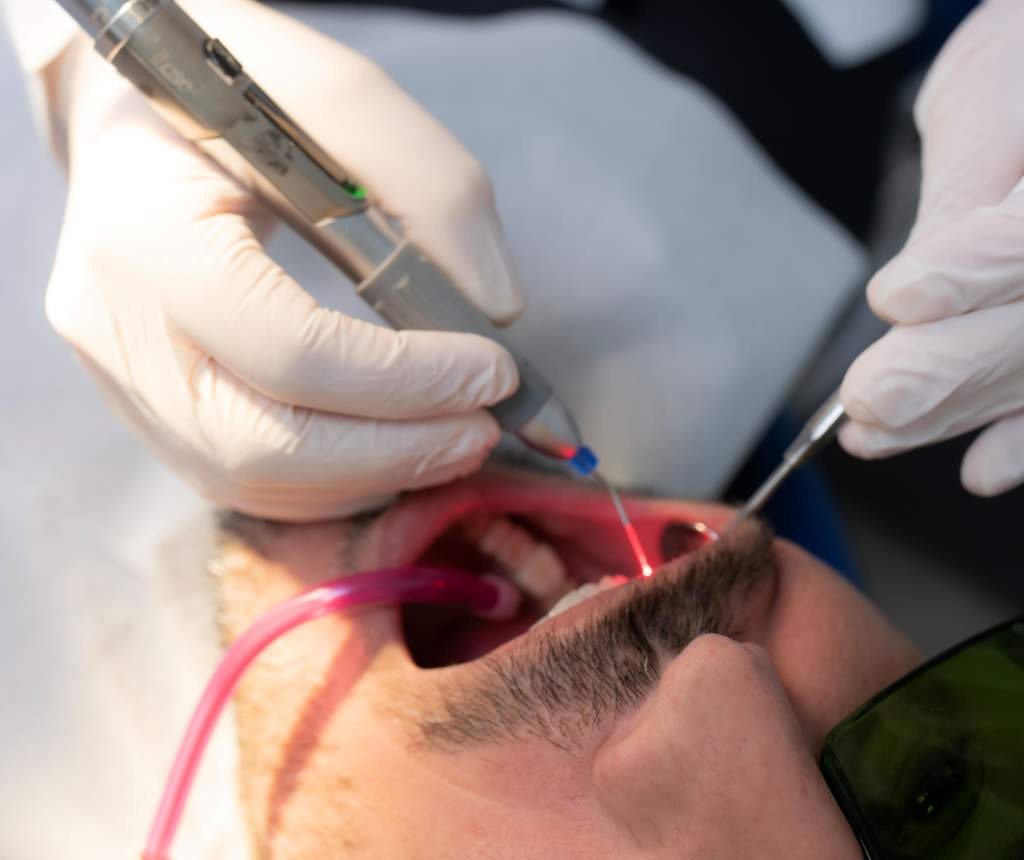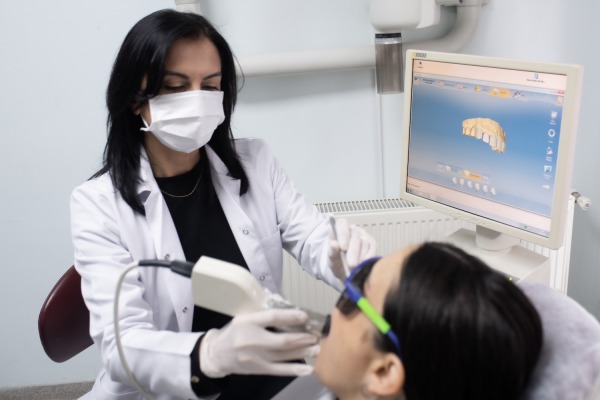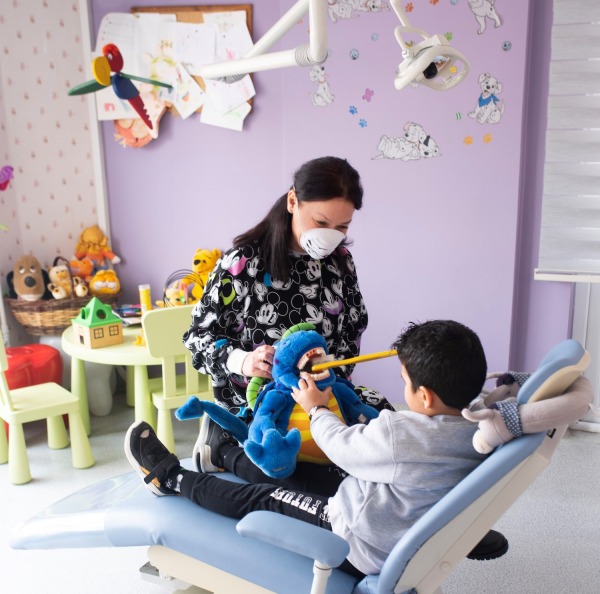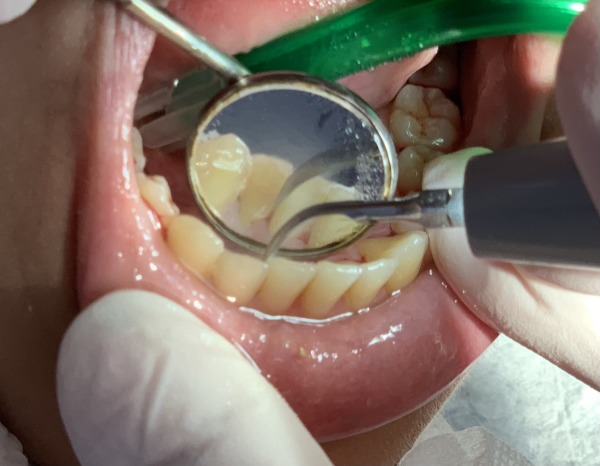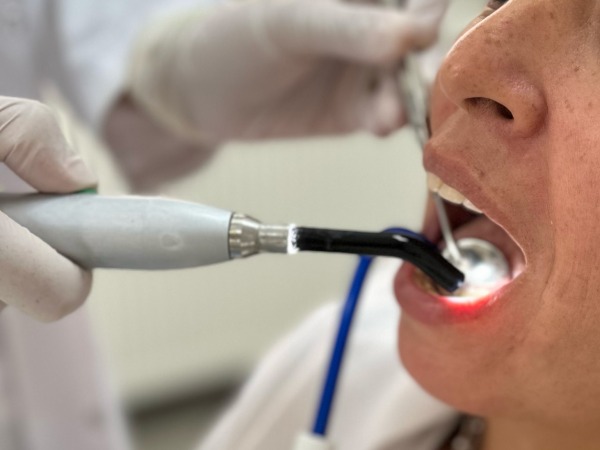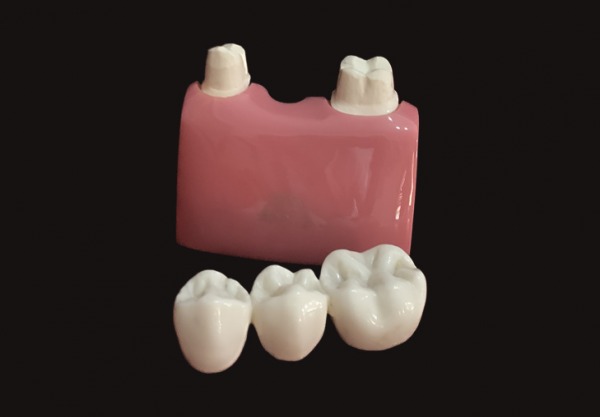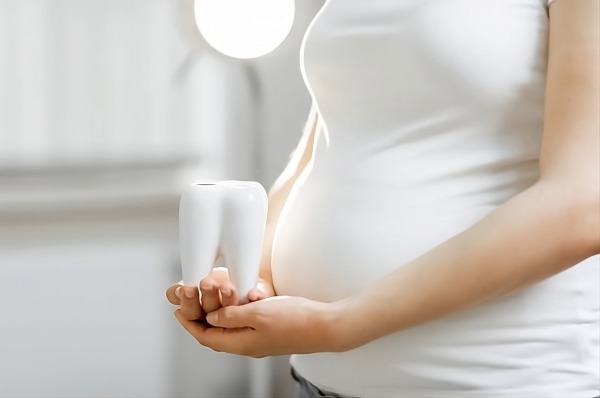Laser Assisted Dentistry
Lasers have been used successfully in medicine and dentistry for many years. The important thing is to use the laser that is suitable for the procedure to be performed, the tissue to be treated and that the physician using it has sufficient knowledge about lasers.
Two main laser groups are generally used in dentistry.
The first is the Erbium group lasers, also known as hard tissue lasers, which allow cutting hard tissue, i.e. bone and tooth.
The second group can be broadly classified as soft tissue lasers. The most commonly used lasers in this group are Diode and Nd:YAG lasers. With lasers in this group, procedures such as gingival treatments, disinfection of root canals, surgeries involving soft tissue, biostimulation, elimination of joint disorders and whitening can be performed.
We can summarize the treatments that can be performed with lasers used in dentistry under the following headings;
Laser Assisted Filling
Laser Assisted Gum Treatment
Laser Assisted Soft Tissue Surgery
Laser Assisted Whitening
Laser Assisted Joint Treatment

